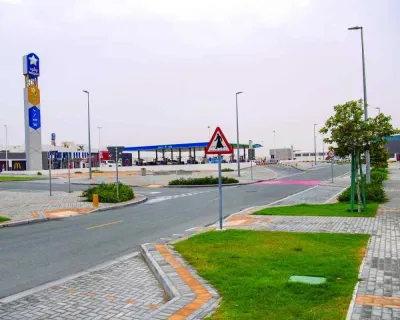Times are changing. The Philippines, which probably has been seen as not more than a constant source of foreign workers, maids and nurses in the past, is now rising to the new Asean star in terms of GDP growth and economic empowerment. The country with its millions of Overseas Filipino Workers, who for decades sent hard currency back to their sometimes impoverished families and relatives to keep the economy going, has now got into the focus of international credit rating agencies. Investment houses given a projected growth rate above 7% for 2013 and forecasts that the island nation’s GDP could grow beyond 8% in 2015. These numbers are not a brainchild of delirious Philippine officials, they have instead been calculated by renowned agencies such as Standard & Poor’s and bank such as Standard Chartered.
S&P even said that the Philippines “has taken over the leadership of growth” in Asean ahead of other tiger cub nations such as Thailand and Malaysia that have started to struggle with slowly amalgamating economic and political problems. In fact, the Philippines might even outpace fast-growing countries such as Laos and Cambodia, which, however, need a much higher growth momentum to escape the poverty trap anyway.
But an anticipated growth rate is just one measure to determine investment readiness. What opportunities would Qatar investors find in the Philippines? Certainly, the country is in need for infrastructure investments, its banking system needs an upgrade, tourism is highly underdeveloped, and energy outages are common, indicating a need for professional power generation and distribution management. Agriculture and manufacturing are expandable, to put it mildly, and the property market is starting to become more buoyant than others in the regions, but the quality of real estate is mediocre, which, in turn, represents opportunities for medium- and high-end developers.
As always, one has to look at the downside. The Philippines, albeit meanwhile correctly administered, has a fragile political landscape and an even more fragile economic system. Confidence has not yet trickled down to the masses, where the majority remains poor and insufficiently educated, nor has the investment effect improved the high unemployment rate and living standards in general. While Filipinos are proud and diligent people, they are also easily frustrated when things are not developing as promised or expected. Qatar investors would find promising opportunities in the island nation, but 1) need to balance the risks carefully, 2) need to be aware of the cultural barriers and differences in business mentalities they might face and 3) should not eye long-term investment on the Philippines as of now unless they are not at least partly supported by state guarantees, for example in the form of public-private partnerships, or by supra-governmental institutions such as the World Bank or the Asian Development Bank - just to be on the safe side.
In your opinion, is it time to invest in the Philippines? Or does it still seem to be a high bet? Let us know through Twitter: @insideinvestor using hashtag #gulftimes.
*Our columnist Dr Arno Maierbrugger is Editor-in-Chief of www.investvine.com, a news portal owned by Inside Investor focusing on Southeast Asian economic topics as well as trade and investment relations between Asean and the GCC. The views expressed are his own.



